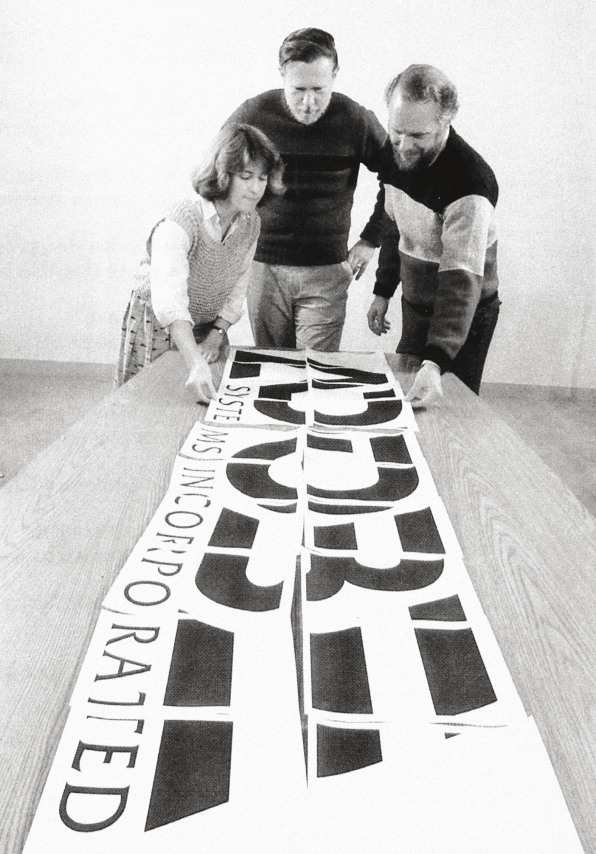- | 8:00 am
The legendary John Warnock forever changed the way we communicate
Adobe’s cofounder has passed away at the age of 82.

It’s a very sad day, folks: John Warnock has passed away at the age of 82. Most people probably don’t know him by name, but if you are using a Mac today, you have to be grateful for his existence because it was Warnock who helped the once-doomed Apple Macintosh bloom into the cornerstone of the 1980s desktop publishing revolution, thanks to his PostScript page description language. Oh yes, and he cofounded that little company called Adobe, developed Illustrator, and created the PDF file format. Without a doubt, together with his partner Charles Geschke, Warnock left an indelible mark on the industry, revolutionizing the way we communicate, design, and share information.
Warnock was born on October 6, 1940, in Salt Lake City, Utah, and his journey to becoming a tech luminary started by failing mathematics in ninth grade only to later attend the University of Utah where he earned degrees in mathematics, philosophy, and electrical engineering.

Warnock and his colleague and friend, Charles Geschke, left positions at the legendary Xerox Palo Alto Research Center to start Adobe Systems Inc. in 1982. Together they made Adobe PostScript, a technology capable of describing any graphical element on a printed page with practically unlimited resolution, setting text, illustrations, and photographs with total precision from a compact file. This file format ushered in the era of “What You See Is What You Get” (WYSIWYG), which meant that anything you saw on your computer screen was going to print exactly the same on paper.
PostScript was fundamental for the desktop publishing revolution and played a pivotal role in the rise of the Apple Macintosh. In fact, you may argue that Adobe saved the Mac from oblivion. Apple licensed the software for its LaserWriter printer, which allowed Mac users to create anything from a newsletter to a full professional newspaper or magazine with a simple design program. Practically overnight, armies of typesetters and analog printing professionals were replaced by a wave of digital professionals. The Mac and Adobe became the foundation of an entire new creative world.

RENAISSANCE MAN
PostScript’s success was just the beginning for Warnock and Adobe. The company went on to develop iconic software such as Illustrator, Premiere, After Effects, and Acrobat. It also acquired Photoshop, which was developed by the Knoll brothers of Industrial Light & Magic fame. Each of these has become a staple in the creative industry.
Under Warnock’s leadership, Adobe grew from a startup to a global empire, expanding its portfolio through a series of strategic acquisitions and developments. The Acrobat PDF format was initially developed by Warnock himself under its “Camelot” codename, and it became one of the foundations of modern digital communication and document management. This format not only streamlined document sharing but also ensured consistent reproduction across different devices and platforms.
Warnock’s vision extended beyond software, though. According to Adobe’s press release, he and his wife, Marva—a talented illustrator who created the company’s logo—were deeply involved in the creative process, often using Adobe’s products firsthand.
Beyond his technical achievements, which earned him accolades—such as the National Medal of Technology and Innovation from President Barack Obama—Warnock was known for his passion, vision, and commitment to fostering a company culture rooted in strong values. His leadership style was characterized by a deep sense of empathy for both customers and employees. Warnock’s legacy extends beyond Adobe, too. With his wife, he was a generous philanthropist, supporting higher education and research initiatives, making significant contributions to institutions like the University of Utah and Stanford University.
In a message after his death, Adobe’s Chair and CEO Shantanu Narayen told his employees that he remembered Warnock as a “renaissance man” with varied interests ranging from rare books and art to world history and politics.
Perhaps we should focus on that “renaissance man” title to remember him today, especially during a moment in which artificial intelligence is starting to change the creative landscape in the same way Warnock’s innovations forever changed the landscape of digital publishing and design. We need to remember his humanistic vision and passion for the craft of design and creativity. Hopefully, his story will keep inspiring generations of designers and developers in this new era.





































